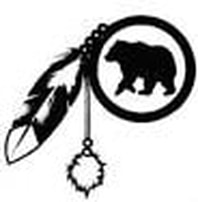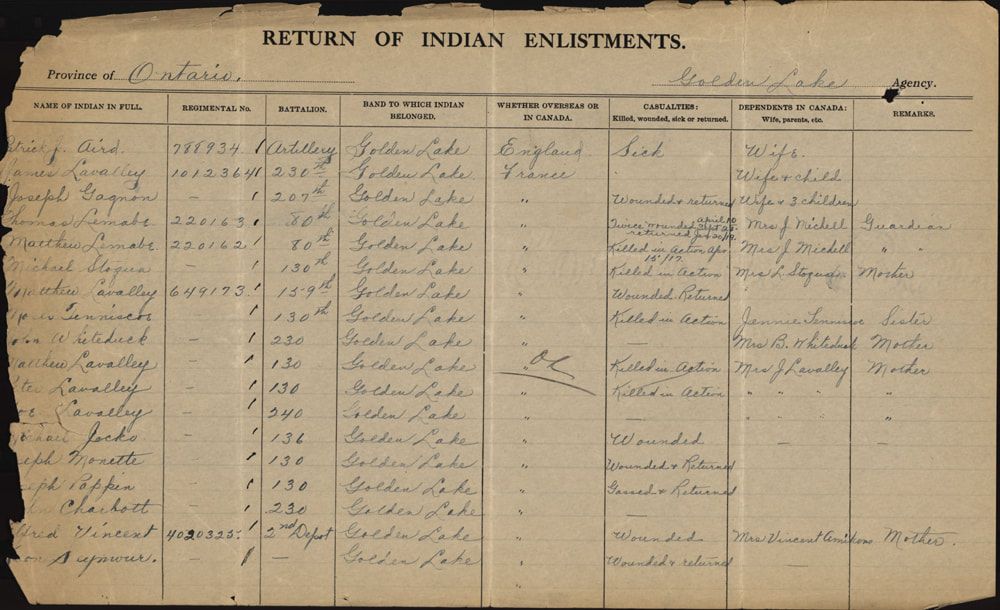It has been documented that Aboriginal veterans were treated poorly upon their return to Canada. With the government stripping them of their Indian status and often barring them from entering their reserves to visit family and friends. Unfortunately, some of our Algonquin Veterans were subject to this type of treatment. This had a devastating affect on the Veterans themselves and their families. (Chief Wendy Jocko, 2019, Aboriginal Veteran Millennium Medal Ceremony in Honour of Our Veterans.)
By any measure, the participation of Aboriginal people in the country's war effort was significant. Aside from providing needed personnel for the armed forces and essential wartime industries, Aboriginal Canadians contributed through the use of their lands, which were leased or expropriated, as well as through generous donations to war funds and charities. (RCAP, 1996, p. 566.)


